
Get news, updates, & event Info delivered right to your inbox:
How To Be A Better Steward of Our Planet
Every act of environmental stewardship adds up to create meaningful change over time. If you're interested in learning about simple yet impactful ways to tread more lightly on the earth, explore our list of environmentally friendly tips you can begin implementing today!
The truth is, sustainable living doesn’t have to be difficult or overwhelming. Whether you're just getting started or looking for new ways to reduce your environmental footprint, the choices you make every day matter. From small habits like taking shorter showers to larger changes like switching to renewable energy, every step counts in fostering a more sustainable future.
22 Sustainability Tips to Life a Greener Life
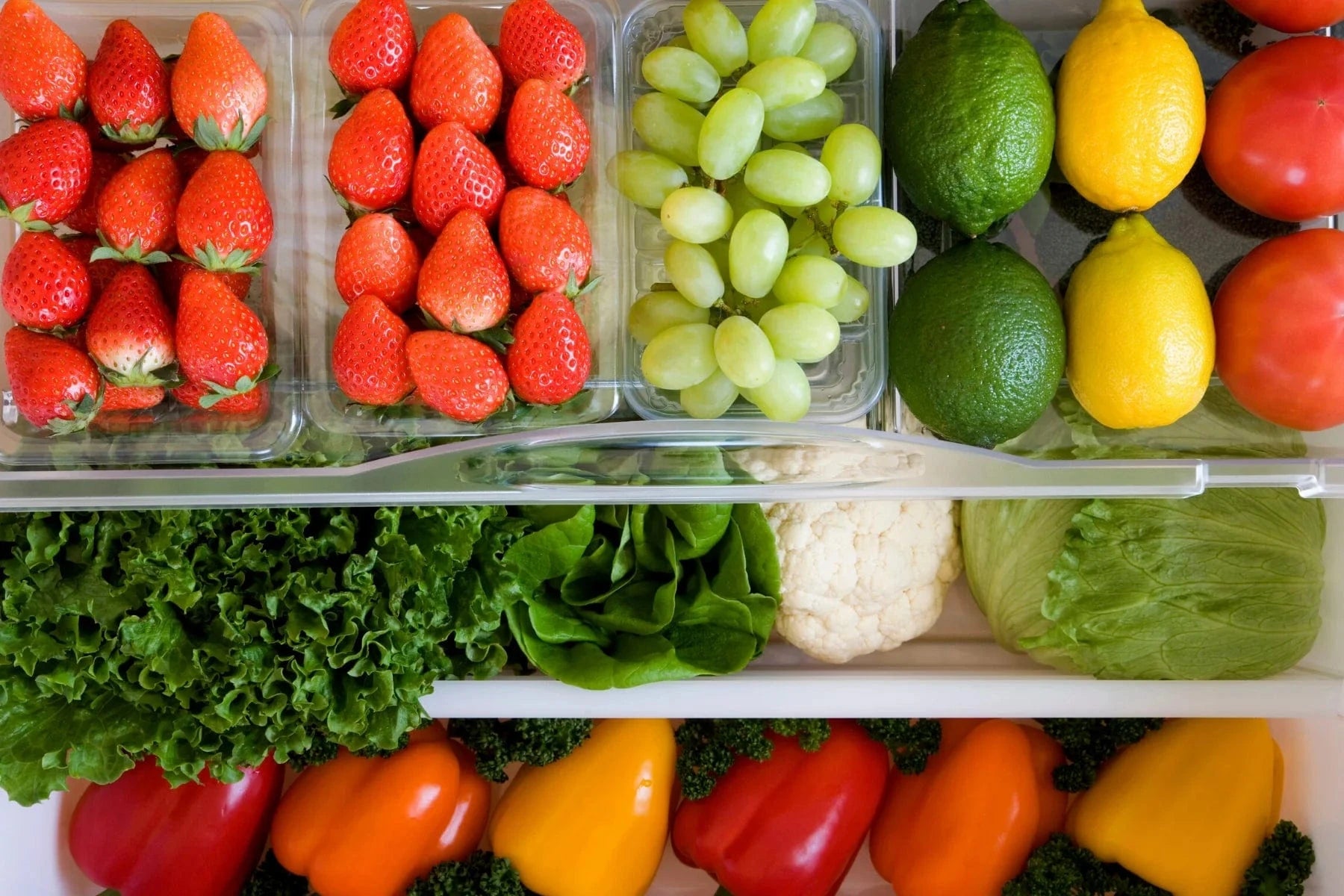
1. Learn How To Properly Store Produce
Do you feel a pang of regret when you have to toss that wilting bag of spring mix or the lemons you swear you bought just a few days ago? Learning how to properly store your fresh produce so it lasts longer will benefit both nature and your wallet.

2. Keep Plastic Out Of The Kitchen
Plastic cutlery, straws, cling wrap and sandwich bags can all be swapped for reusable and eco-friendly alternatives. Bamboo utensils, metal straws, beeswax wraps and cloth snack bags are just a few options that will help you break the habit of plastic overconsumption.

3. Utilize Public Transportation
Taking advantage of city bikes, buses, subways, trains and streetcars can help minimize your carbon footprint. Where to begin? Before ordering an uber or hopping into your own car, see if you can take public transit instead—especially for long commutes or non-urgent errands.
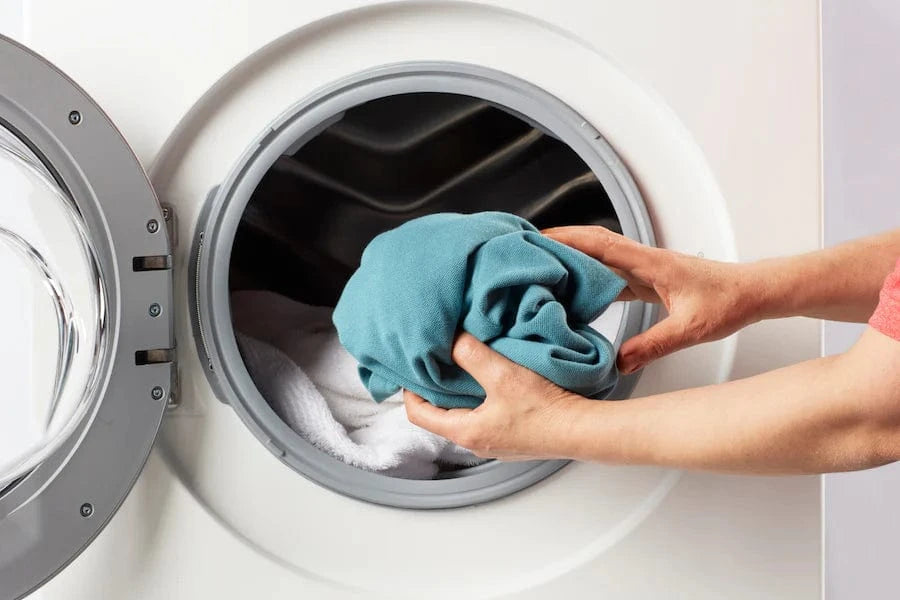
4. Only Wash The Essentials
Even high efficiency washing machines can use up to 27 gallons of water per load. To cut down on your household water use, stick to washing the essentials. This means tossing your sweaty gym clothes and undergarments in the bin, but holding off on the denim jeans or sweatshirt you wore for only a few hours.
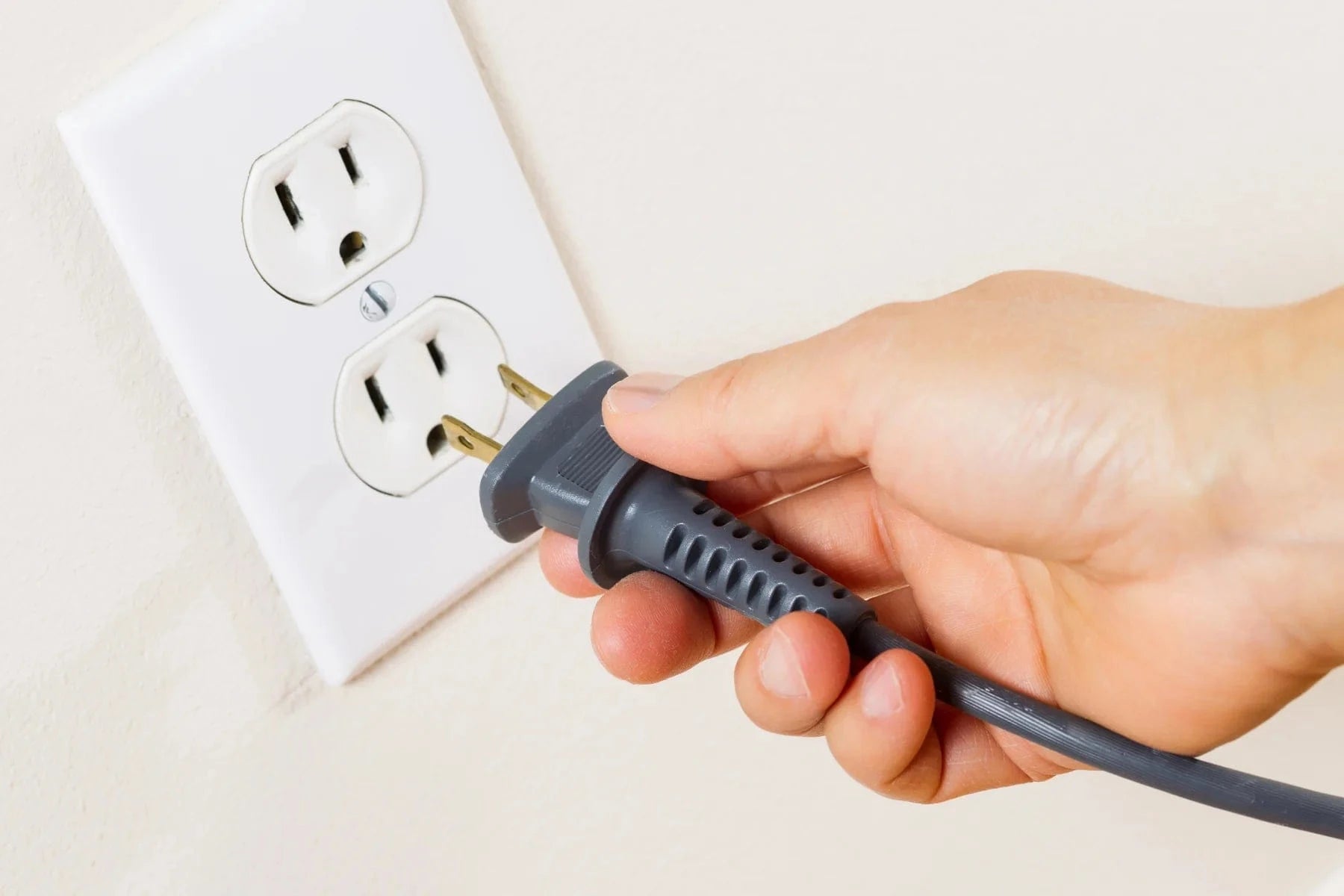
5. Unplug Energy Suckers
According to a study by NRDC, idle load electricity accounts for nearly a quarter of power consumption in the average household. Certain electronics, such as computers in sleep mode, speakers, TVs, and even some electrical outlets, can suck up energy when you think they're off. To minimize this, try using power strips, timers, and the built-in power saving settings on your devices.

6. Start Meal Prepping
Prepping your meals ahead of time is a great way to reduce food waste. Try reserving a few hours every weekend for cooking and meal-prepping, and see how planning your meals ahead can have a positive impact on your mood, your health, your wallet and the planet!

7. Fix Broken Items Instead Of Tossing Them
These days, it’s common to replace broken items instead of getting them fixed. From kitchen appliances to clothes and furniture, call a mechanic or seamstress before clicking “add to cart”. Repairing your broken items will help extend their life, reducing waste and saving your wallet!
8. Make A Sustainable Period Product Swap
Twenty billion disposable menstrual products are discarded each year in the US alone. Sanitary pads, which are the most common product used globally, can contain up to 90% plastic. Using eco-friendly menstrual cups, period undies, and reusable cotton pads can all help reduce the plastic that is thrown into the bin during your period.
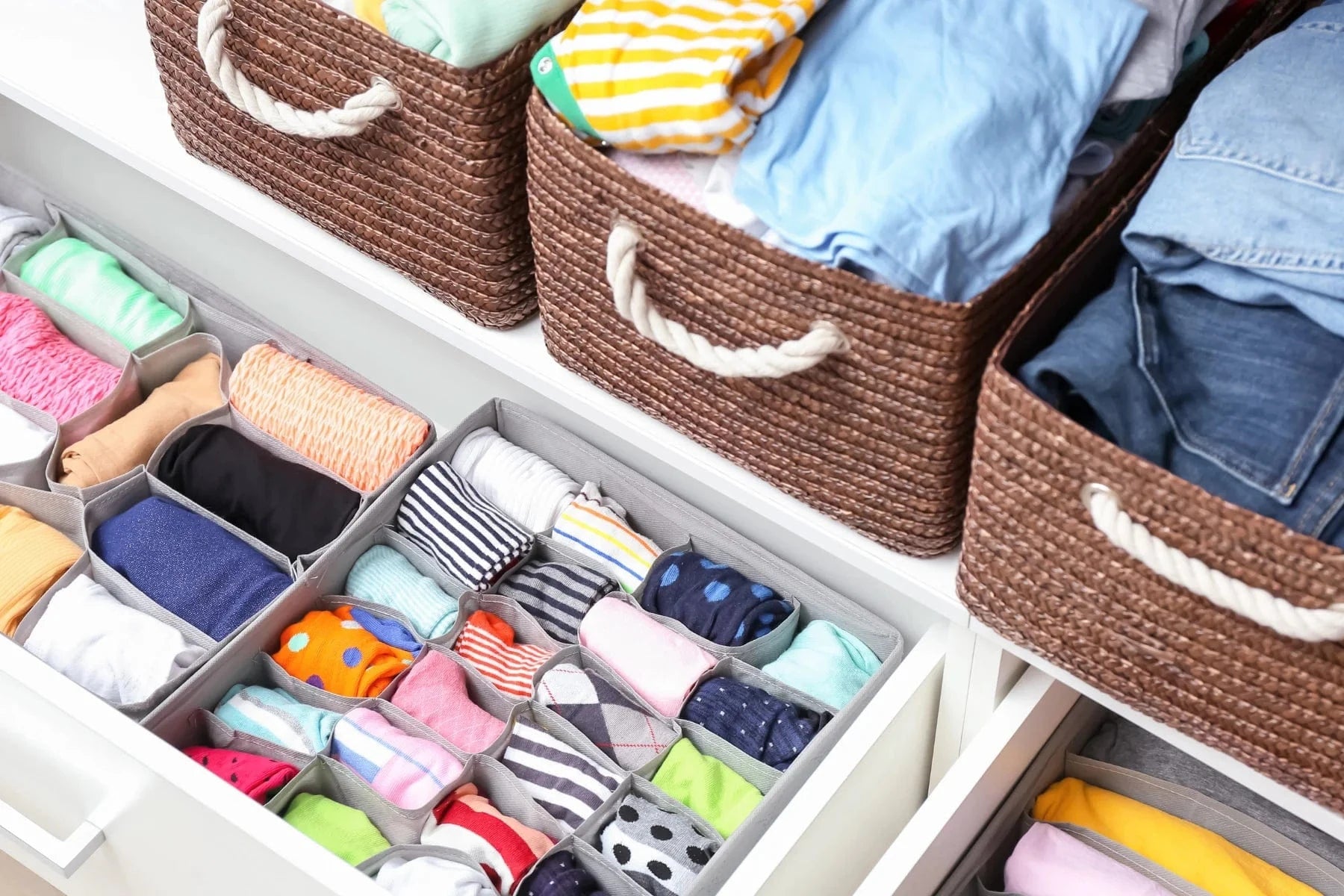
9. Do A Closet Deep Clean
Take a few hours (or a day) to clean out your closet, making a donation pile for the items you haven't worn in at least a year. Clothes, shoes, jackets and jewelry can all be donated to local charities or secondhand shops that divert waste from landfills.

10. Use Renewable Energy
There are many ways you can incorporate renewable energy with your lifestyle. Driving an electric vehicle, signing up for solar panels, opting into green energy programs (if your utility offers one), and swapping for LED light bulbs are just a few great ways to green up your energy usage.
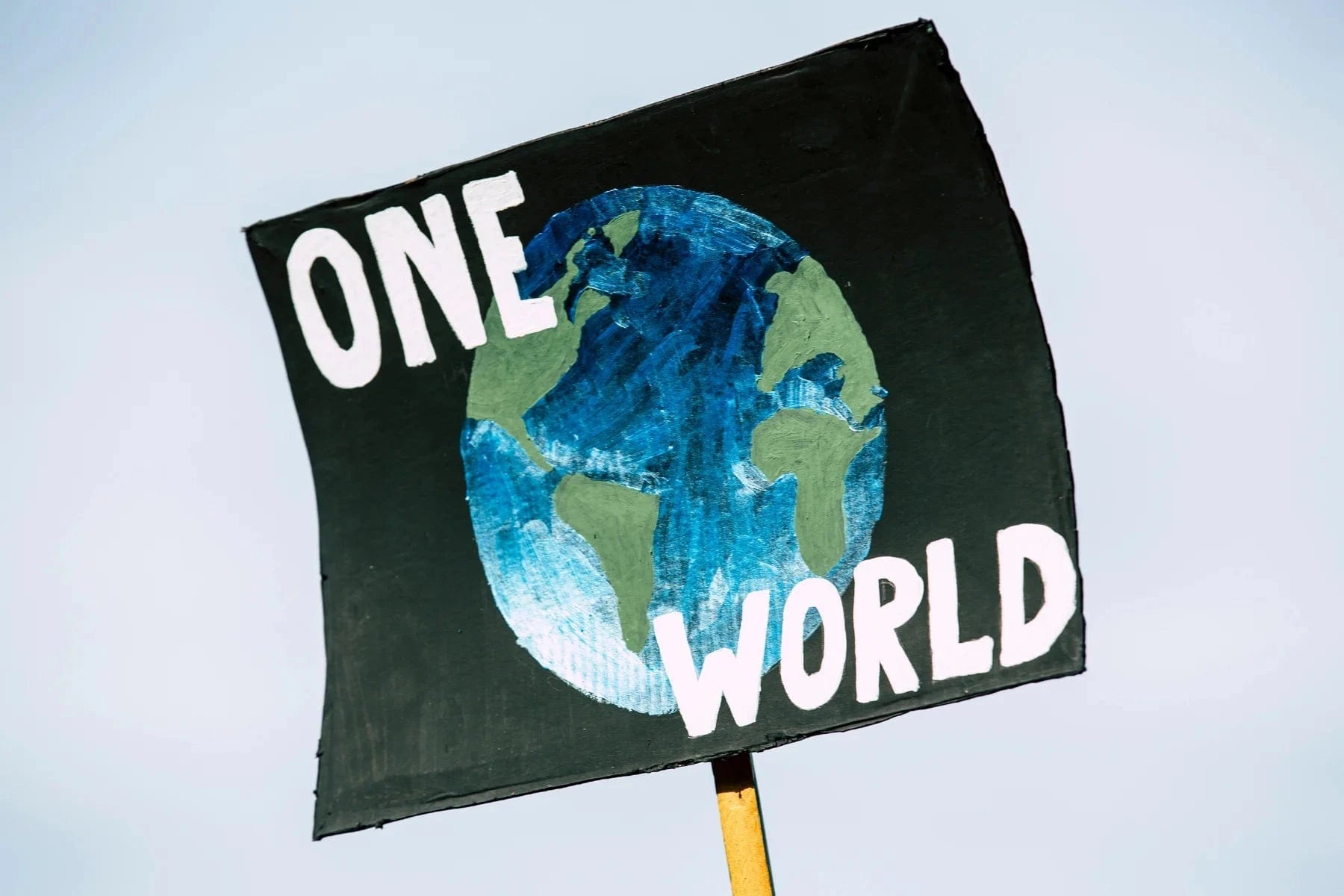
11. Be An Activist In Your Community
Believe it or not, you don’t need a large following to be an environmental activist! Educating yourself through research, attending peaceful protests, donating money and reaching out to your local representative are all great ways to be an eco-activist in your community.

12. Conduct A Trash Audit
Conducting a simple trash audit for a whole week can help you understand just how much garbage you’re producing. Record your trash each day and when the week is up, take note of where you could improve. Just one simple sustainable swap could make a big difference!
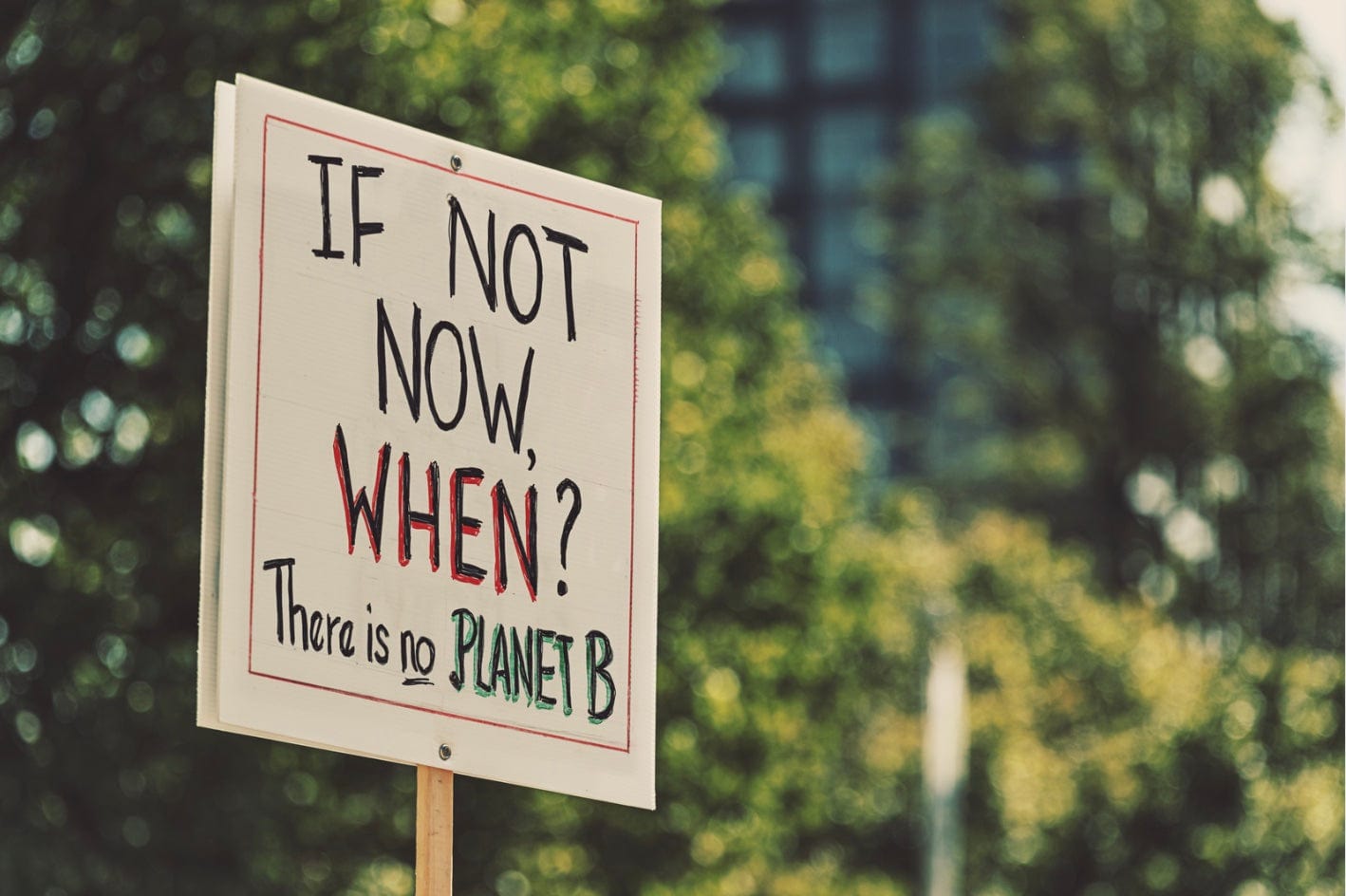
13. Get Inspired By Changemakers
Prominent eco-activists provide a wealth of knowledge through websites, documentaries and books. Jane Goodall, David Attenborough, Paul Hawken and Greta Thunberg are all fantastic environmental activists that you can learn from.
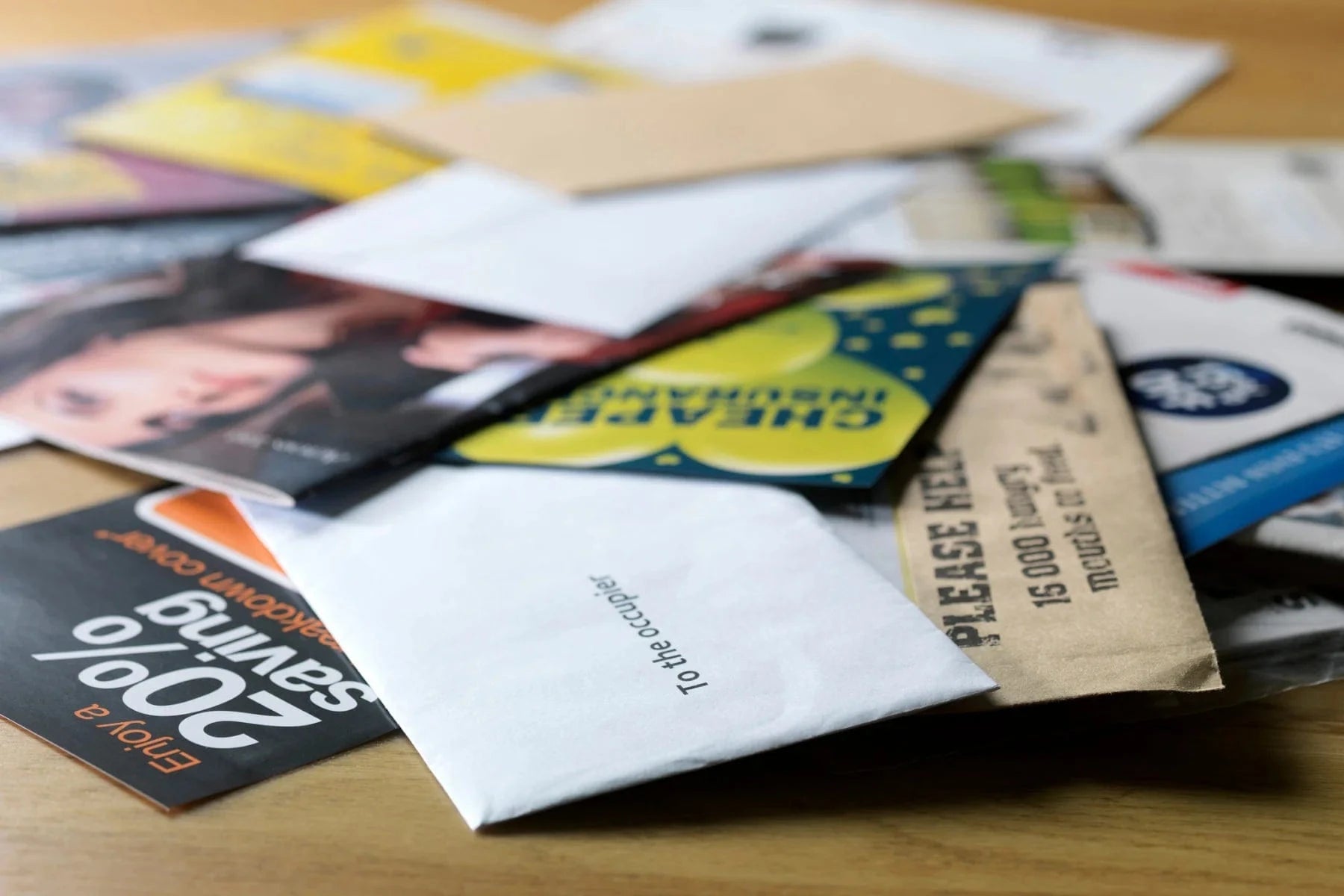
14. Go Paperless When Possible
Digital options for bank statements, newspapers, magazines and tickets are available for those who prefer to go paperless. There are also online resources you can use to have your name removed from mailing lists. Reducing the paper in your mailbox is an easy way to save trees!
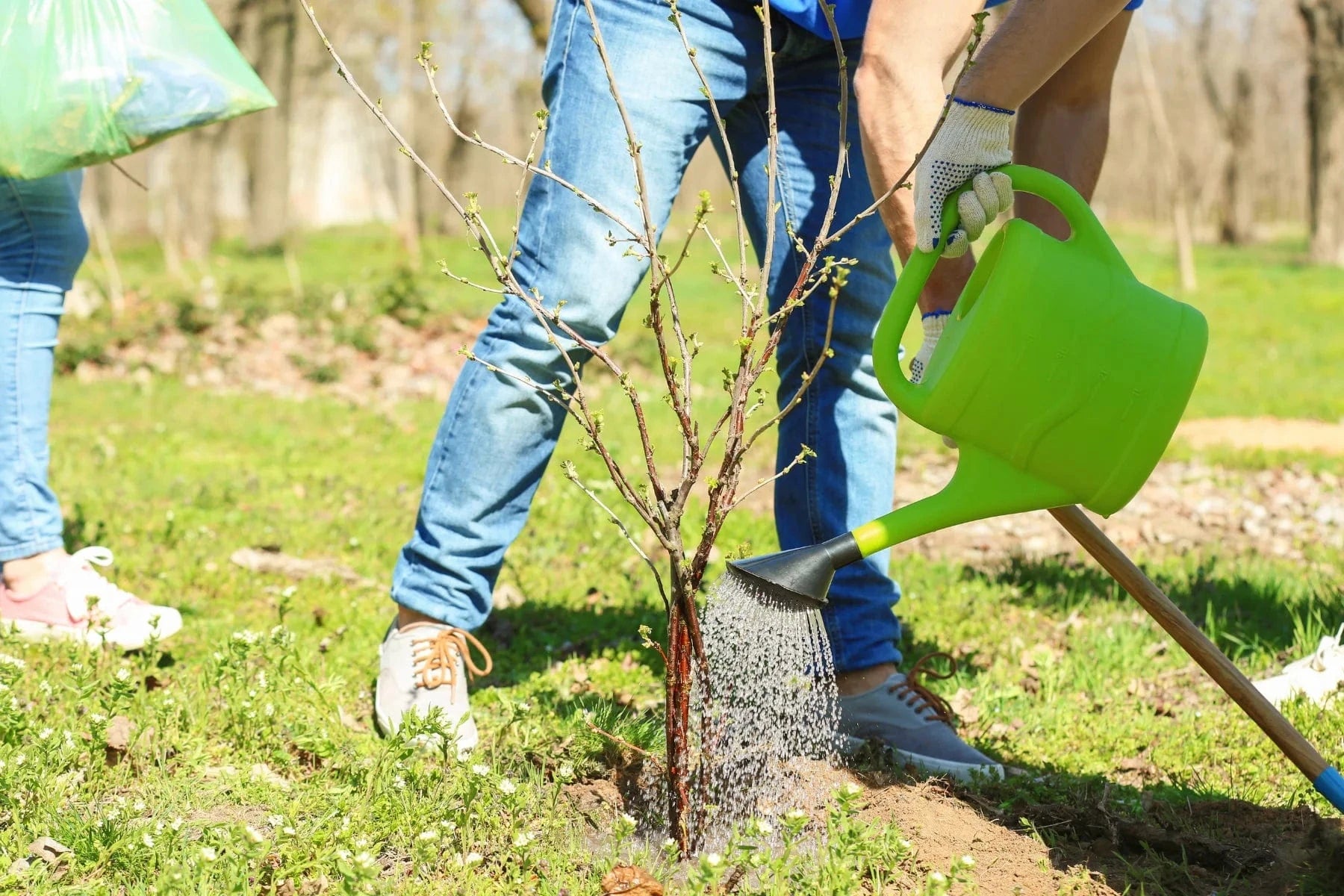
15. Volunteer your time
Volunteering at local environmental restoration events is a great way to expand your social circle, get active, and of course, help the environment! Google local environmental organizations to find an event near you.

16. Make A Donation
If you’re unable to volunteer your time, donate to an organization that is doing great work. Naturally, our favorite recommendation is to plant a tree with us! Every tree planted is an investment in the future—nurturing the planet, protecting life, and inspiring hope for generations to come.
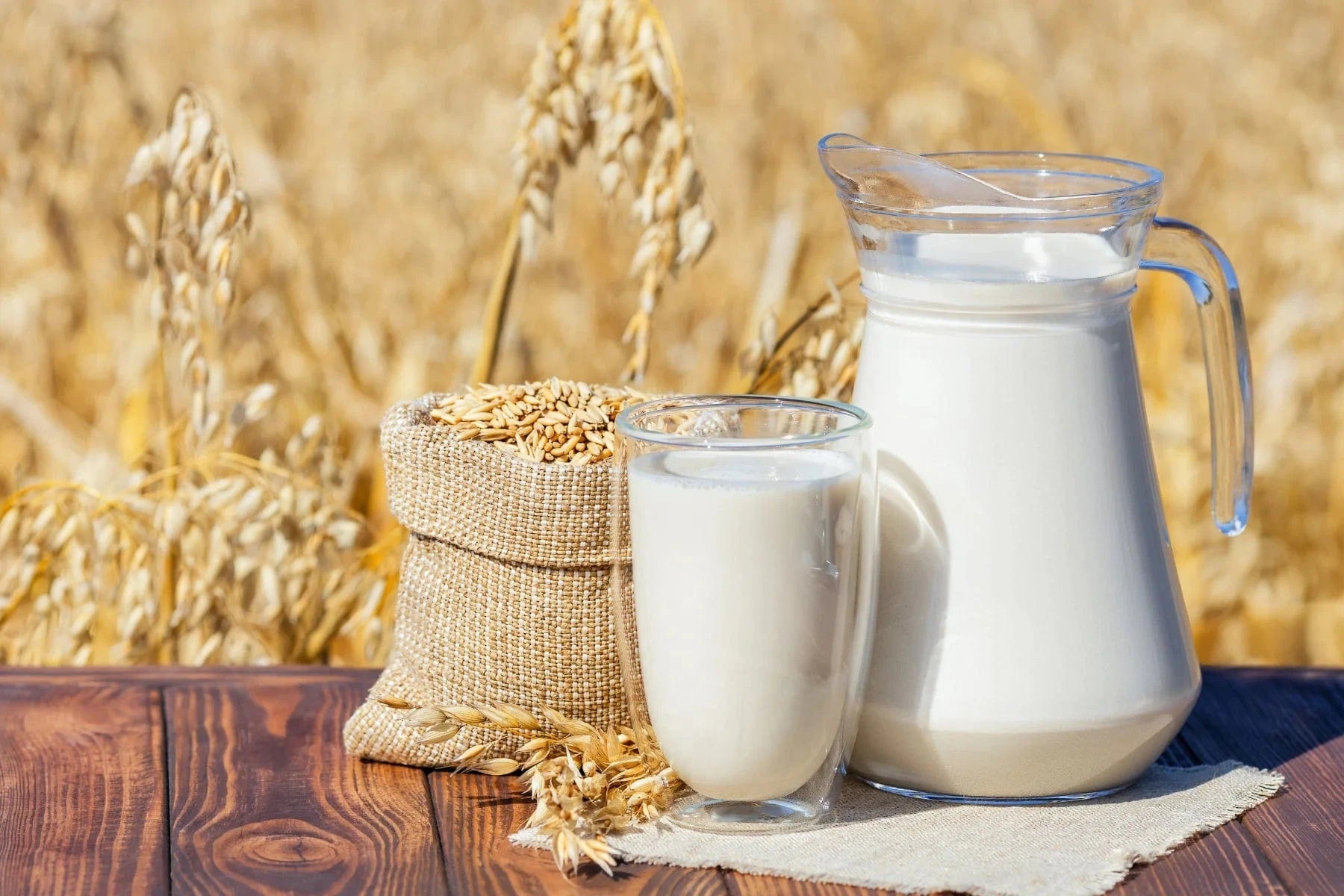
17. Ditch The Dairy
Did you know that swapping out the milk in your morning cereal can have a positive environmental impact? According to a study conducted by WRI, "plant-based milks on average generate roughly one-third or less of the greenhouse gas emissions of cow’s milk, and most use considerably less water." The best options? Pea protein milk, soy milk, oat milk, and coconut milk.

18. Change Bad Habits
Do you keep the water running when you brush your teeth, or leave the lights on when you leave a room? Try to notice the things you may be unconsciously doing, that waste energy and resources. And don't beat yourself up too much; you're far from alone!

19. Lead The Next Generation
You don’t need to be a teacher to help kids learn about climate change and sustainability! Watch educational documentaries, read books, and discuss important environmental topics with your kids or young relatives to teach them how they can work toward a greener future.

20. Be Water Conscious
You may already know that taking shorter showers and reducing the amount of laundry you wash can help you reduce your household water use. But did you know that eating less meat also reduces your personal water footprint? Swap your burger for a grain bowl the next time you’d like to make an eco-friendly choice!
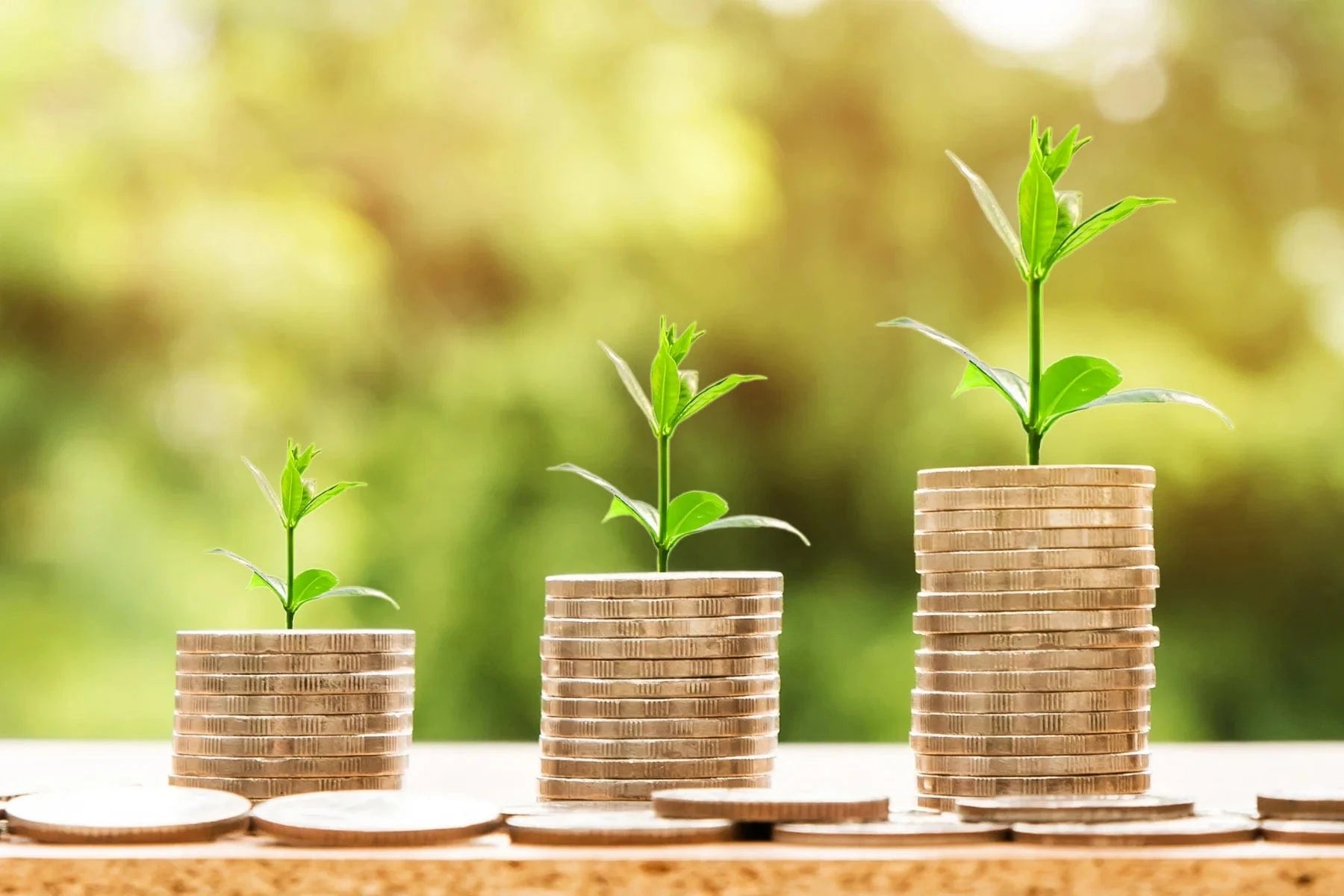
21. Invest In Green Energy
Put your money where your mouth is and invest in a greener future! You can do this by buying renewable energy stocks from companies that use wind, solar and hydroelectric sources. With the world moving away from carbon-based fossil fuels, investing in clean energy is a wise move for your portfolio and the planet.

22. Hold Brands Accountable
If you’ve noticed that your favorite brands have unsustainable business practices, you can help change their ways! When enough people show their desire for eco-friendly products, brands are more likely to consider changing to keep their customers happy. Don’t be afraid to send that email and start a conversation!
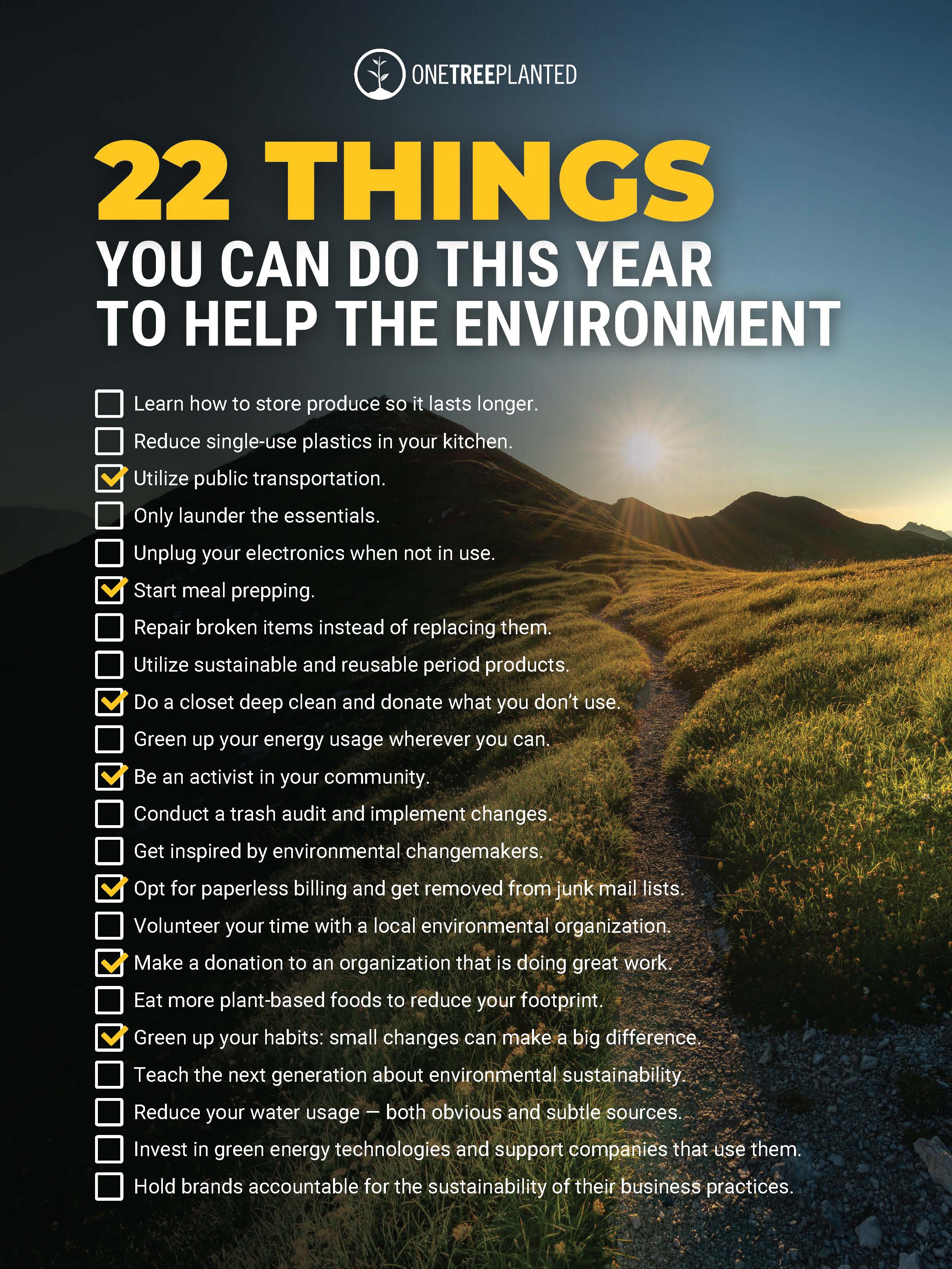
We hope these mindful tips will help you make changes that benefit the environment this year! Just want to plant trees? We can help with that!
Get news, updates, & event Info delivered right to your inbox:
Related Posts
Why Trees Are Great Holiday Gifts
04/12/2025 by Meaghan Weeden
Real vs. Fake Christmas Trees: Which is Better For the Environment?
20/11/2025 by Meaghan Weeden
8 Reasons to be Grateful for Trees This Thanksgiving
18/11/2025 by Meaghan Weeden
Popular On One Tree Planted
What Causes Deforestation?
10/07/2025 by Meaghan Weeden
8 Amazing Bamboo Facts
14/01/2025 by Meaghan Weeden
Inspirational Quotes About Trees
09/01/2025 by Meaghan Weeden
Fundraising Disclosures

Be Part of the
Restoration Movement
The Grove is more than just a monthly giving program: it's a vibrant community of individuals who are dedicated to reforestation and environmental restoration on a global scale.
As a member of The Grove, you affirm your commitment to restoring forests, nurturing biodiversity, and fostering positive global change.





